Home>Articles>8 Types Of Light Switches And Dimmers (and Which One You Need)
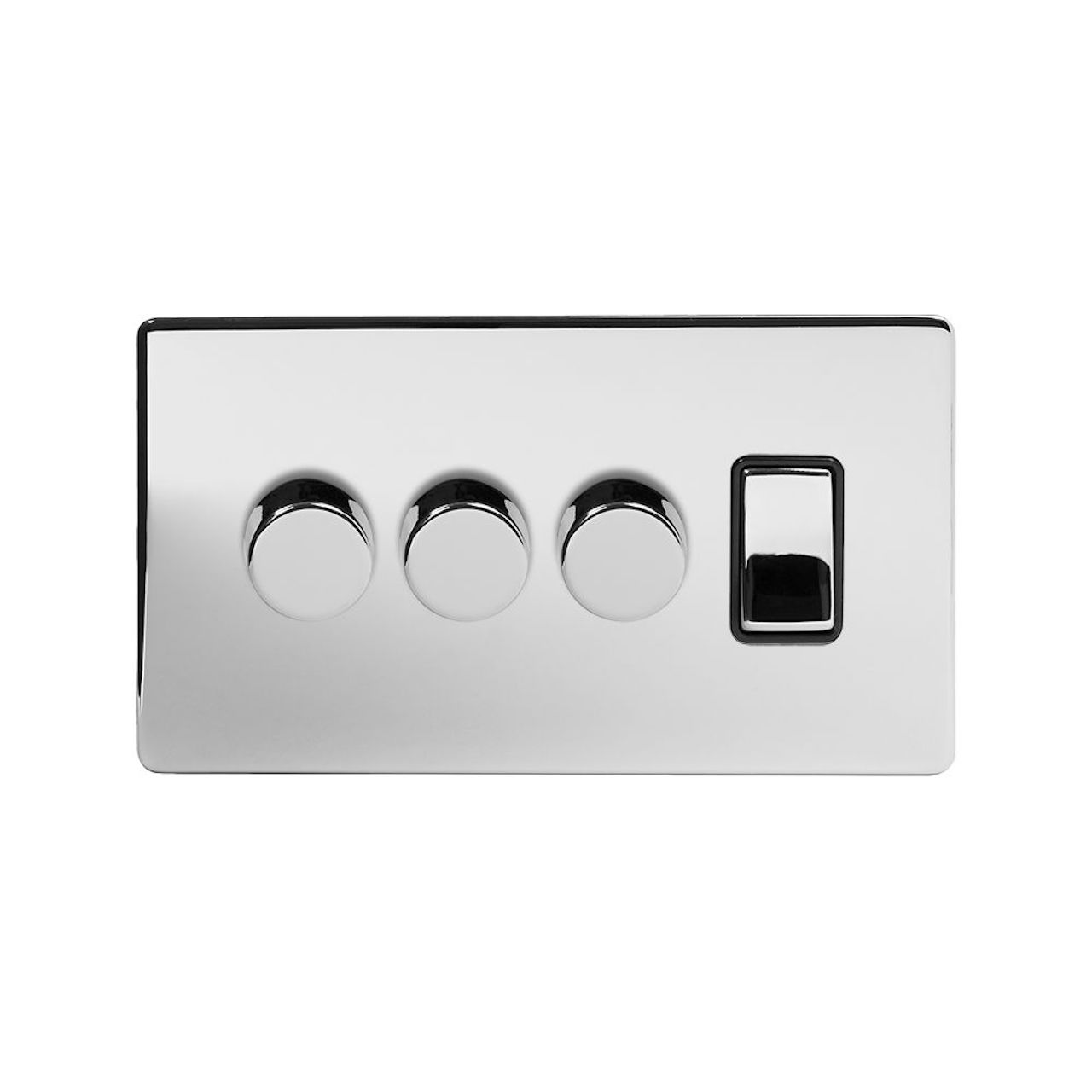

Articles
8 Types Of Light Switches And Dimmers (and Which One You Need)
Modified: December 7, 2023
Discover the different types of light switches and dimmers you need for your home. Read our informative articles to make an informed decision.
(Many of the links in this article redirect to a specific reviewed product. Your purchase of these products through affiliate links helps to generate commission for Storables.com, at no extra cost. Learn more)
Introduction
When it comes to lighting control, one of the most essential components is the light switch or dimmer. Whether you are renovating your home or simply looking to upgrade your existing switches, it’s important to understand the different types available and how they can enhance your lighting experience. From traditional toggle switches to advanced smart switches, there are a variety of options to suit your needs and aesthetic preferences.
In this article, we’ll explore eight types of light switches and dimmers, discussing their functionality, features, and which one may be the best fit for your lighting needs. So, let’s dive in and discover the world of light switches!
Key Takeaways:
- Upgrade your lighting control with the perfect switch or dimmer to match your style and needs, from classic toggle switches to advanced smart switches.
- Enhance your lighting experience with hands-free motion sensor switches, energy-saving dimmer switches, and the convenience of timer switches for automated control.
Toggle Switch
The toggle switch is perhaps the most common and traditional type of light switch. You’ve likely encountered this switch in older homes or commercial buildings. It consists of a small lever or toggle that can be flipped up or down to turn the lights on or off.
Toggle switches are durable and easy to operate, making them a popular choice for many homeowners. They are available in a variety of styles and sizes to match different design aesthetics. Additionally, toggle switches can be used with both single-pole and three-way configurations, allowing you to control a single light or a set of lights from multiple locations.
If you prefer a more classic and tactile feel when operating your light switches, a toggle switch may be the right choice for you. Its simplicity and reliability make it a practical option for any room in your home.
Rocker Switch
The rocker switch is a popular alternative to the traditional toggle switch. It features a flat, rectangular shape that can be pushed up or down on one side to control the lights. Unlike the toggle switch, the rocker switch provides a larger surface area, making it easier to locate and operate.
Rocker switches are commonly found in modern homes and commercial spaces. They offer a sleek and contemporary design that seamlessly integrates with the surrounding decor. The switch mechanism typically consists of a spring-loaded mechanism, which ensures a smooth and satisfying click when the switch is activated.
One advantage of rocker switches is their versatility. They can be used in single-pole or three-way configurations, just like toggle switches. Additionally, some rocker switches incorporate built-in dimming functionality, allowing you to adjust the brightness of the lights with a simple press and hold.
If you prefer a more modern and ergonomic light switch, the rocker switch is an excellent choice. Its stylish design, ease of use, and optional dimming capabilities make it a popular option for homeowners looking to upgrade their lighting controls.
Push Button Switch
The push button switch offers a unique and interactive way to control your lights. Instead of a traditional lever or toggle, this type of switch features one or more buttons that can be pressed to turn the lights on or off.
Push button switches are commonly used in commercial settings, such as offices and retail spaces, but they can also be a stylish addition to residential homes. They offer a sleek and minimalist design, with buttons that can be flush-mounted or protrude slightly from the wall.
One of the key benefits of push button switches is their flexibility in terms of functionality. Besides controlling the lights, they can also be programmed to perform additional tasks, such as activating preset lighting scenes or controlling other smart home devices.
In terms of wiring, push button switches can be configured as single-pole or multi-location switches. This means you can have multiple buttons controlling the lights from different locations, providing convenience and versatility.
If you’re looking for a modern and interactive light switch, the push button switch is worth considering. Its sleek design, programmable options, and multi-location capabilities make it a popular choice for those who want more than just a basic on/off control.
Slide Switch
The slide switch is a compact and user-friendly option for controlling your lights. As the name suggests, this type of switch features a small slider that can be moved back and forth to turn the lights on or off.
Slide switches are commonly found in various applications, including lighting control. They offer a simple and intuitive operation, with a smooth sliding motion to activate or deactivate the lights. The compact size of slide switches makes them ideal for installations where space is limited.
One advantage of slide switches is their versatility in terms of design and functionality. They can be integrated into different switch plate styles and materials to match your decor, and some models even offer dimming capabilities for adjusting the brightness of the lights.
In terms of wiring, slide switches are typically used in single-pole configurations, meaning they control a single light or a group of lights from a single location. However, there are also some slide switches available with multi-location wiring options for added convenience.
If you are looking for a space-saving and easy-to-use light switch, the slide switch is a great option. Its simple design, smooth operation, and dimming capabilities make it a practical choice for a wide range of lighting applications.
When choosing a light switch or dimmer, consider the type of lighting you have and the desired level of control. For example, a single-pole switch is ideal for controlling a single light fixture, while a three-way switch is used for controlling a light from two different locations.
Dimmer Switch
The dimmer switch is a game-changer when it comes to controlling the brightness of your lights. Unlike traditional on/off switches, dimmers allow you to adjust the intensity of the light, giving you the ability to create the perfect ambiance for any occasion.
Dimmer switches come in various styles, including toggle, rocker, rotary, and touch-sensitive options. They are designed with a specialized mechanism that regulates the amount of electricity flowing to the lights, resulting in a smooth and seamless transition from bright illumination to a soft, romantic glow.
One of the key advantages of dimmer switches is energy efficiency. By reducing the light output, dimmers can help save electricity and ultimately lower your energy bills. They also extend the lifespan of your bulbs by reducing the strain on them, resulting in less frequent replacements.
Dimmer switches are suitable for a wide range of applications, from living rooms and bedrooms to dining areas and kitchens. With the ability to adjust the brightness to your preference, you have control over the mood and atmosphere of your space.
It’s important to note that not all light bulbs are compatible with dimmer switches. When choosing dimmable bulbs, look for ones specifically labeled as “dimmable” to ensure optimal performance. LED bulbs are also a great choice for dimmers, as they offer energy efficiency and longevity.
If you are seeking versatility and the ability to set the perfect lighting mood, a dimmer switch is an excellent choice. Its adjustable brightness and energy-saving features make it a favorite among homeowners who value both functionality and ambiance.
Motion Sensor Switch
The motion sensor switch is a convenient and energy-efficient option for controlling your lights. As the name suggests, this type of switch uses motion-detection technology to automatically turn the lights on or off based on movement in the room.
Motion sensor switches are commonly used in areas where hands-free operation is desired, such as hallways, entryways, and bathrooms. They offer a hands-free and seamless lighting experience, eliminating the need to search for a switch in the dark.
One of the key benefits of motion sensor switches is energy efficiency. They help conserve electricity by automatically turning off the lights when no motion is detected, reducing unnecessary energy consumption. This feature is especially useful in areas where people may forget to turn off the lights when leaving a room.
Most motion sensor switches have adjustable settings to customize the sensitivity and duration of the sensor. This allows you to fine-tune the switch to your specific needs, ensuring that the lights stay on only when there is activity in the room.
Safety is another advantage of motion sensor switches. They provide added security by automatically illuminating the area when motion is detected, deterring potential intruders and enhancing visibility in dark spaces.
It is important to note that motion sensor switches may not be suitable for all situations. For example, in rooms where people tend to stay still for long periods, such as bedrooms or living rooms, the lights may turn off unexpectedly. However, they are ideal for high-traffic areas or places where lighting is needed briefly.
If you value convenience, energy efficiency, and enhanced safety, a motion sensor switch may be the perfect choice for you. Its hands-free operation and automatic functionality make it a practical option for areas where movement is frequent.
Timer Switch
A timer switch is a helpful tool for automating the control of your lights. It allows you to set specific times for your lights to turn on or off, providing convenience, energy savings, and added security.
Timer switches are commonly used in both residential and commercial settings. They are ideal for situations where you want your lights to activate or deactivate at predetermined intervals, such as outdoor lighting, holiday decorations, or creating the illusion of occupancy while you’re away.
There are two primary types of timer switches: mechanical and digital. Mechanical timers feature rotating dials and pins that you can set to designate the desired on/off times. Digital timers, on the other hand, have electronic displays and buttons that allow for more precise control and programming options.
One of the key advantages of timer switches is energy savings. By setting specific times for your lights to be on, you avoid accidentally leaving them on when not needed, reducing unnecessary electricity consumption. This helps lower your energy bills and minimize your environmental impact.
Timer switches also provide added security. When you’re away from home, you can program your lights to turn on and off at different intervals, giving the appearance that someone is inside. This deters potential burglars who may target unoccupied homes.
Additionally, timer switches offer convenience and peace of mind. You no longer have to worry about manually turning your lights on or off, especially if you have a busy schedule or tend to forget. With timer switches, your lights will automatically follow your desired schedule, making your life easier.
If you want to have control over the timing of your lights, whether for energy efficiency, security purposes, or convenience, a timer switch is an excellent choice. Its ability to automate your lighting and provide energy savings make it a valuable addition to your home or workspace.
Smart Switch
The smart switch is a cutting-edge innovation in lighting control that offers advanced features and connectivity options. With the rise of smart home technology, these switches allow you to control your lights remotely using your smartphone or through voice commands with virtual assistants like Amazon Alexa or Google Assistant.
Smart switches are Wi-Fi-enabled devices that connect to your home network, allowing you to access and control them through a dedicated mobile app. This gives you the ability to turn your lights on or off, adjust their brightness, and even create custom schedules or lighting scenes from anywhere in the world.
One of the key benefits of smart switches is their integration with other smart devices in your home. You can create automation routines that synchronize your lights with other aspects of your smart home, such as motion sensors, door locks, or thermostats. For example, you can set your lights to turn on automatically when you unlock your front door.
Another advantage of smart switches is their compatibility with voice assistants. By connecting your smart switch to a virtual assistant, you can control your lights using voice commands. This hands-free operation adds a new level of convenience and accessibility to your lighting control.
In addition to remote control and voice commands, smart switches often offer energy monitoring capabilities. This means you can track and analyze your electricity usage, helping you make informed decisions about energy conservation and potentially reducing your utility bills.
It’s important to note that smart switches may require a bit more technical setup and initial investment compared to other types of switches. You will need a stable internet connection and compatible smart home devices to enjoy their full functionality. However, the benefits and possibilities they offer in terms of convenience, customization, and energy management make them worth considering.
If you embrace the concept of a connected and intelligent home, a smart switch is a must-have. Its remote control capabilities, integration with other devices, and voice command compatibility provide an unparalleled level of control and automation for your lighting needs.
Conclusion
Choosing the right light switch or dimmer is an important decision that can greatly enhance your lighting experience. From traditional toggle switches to advanced smart switches, each type offers its own unique features and benefits.
The toggle switch provides a classic and reliable option, while the rocker switch offers a modern and sleek design. The push button switch allows for interactive control, while the slide switch offers a compact and user-friendly solution. The dimmer switch adds versatility and ambiance, and the motion sensor switch provides hands-free and energy-efficient operation. The timer switch automates your lighting schedule, and the smart switch brings connectivity and advanced controls to your fingertips.
When selecting a switch, consider your specific needs, preferences, and the functionality you desire. Think about factors such as the room’s decor, the level of control you want, and the energy efficiency you strive for. It’s also important to determine whether you need a single-pole or multi-location switch depending on the room’s configuration.
Ultimately, the right light switch or dimmer for you will combine practicality, aesthetics, and advanced features to enhance your lighting control. Whether you prefer traditional or high-tech solutions, there is a switch that will perfectly suit your needs.
So, take the time to explore the various options available and choose the light switch or dimmer that best complements your lifestyle and lighting goals. With the right switch, you can transform your space, improve energy efficiency, and enjoy convenient and customizable lighting control for years to come.
Frequently Asked Questions about 8 Types Of Light Switches And Dimmers (and Which One You Need)
Was this page helpful?
At Storables.com, we guarantee accurate and reliable information. Our content, validated by Expert Board Contributors, is crafted following stringent Editorial Policies. We're committed to providing you with well-researched, expert-backed insights for all your informational needs.
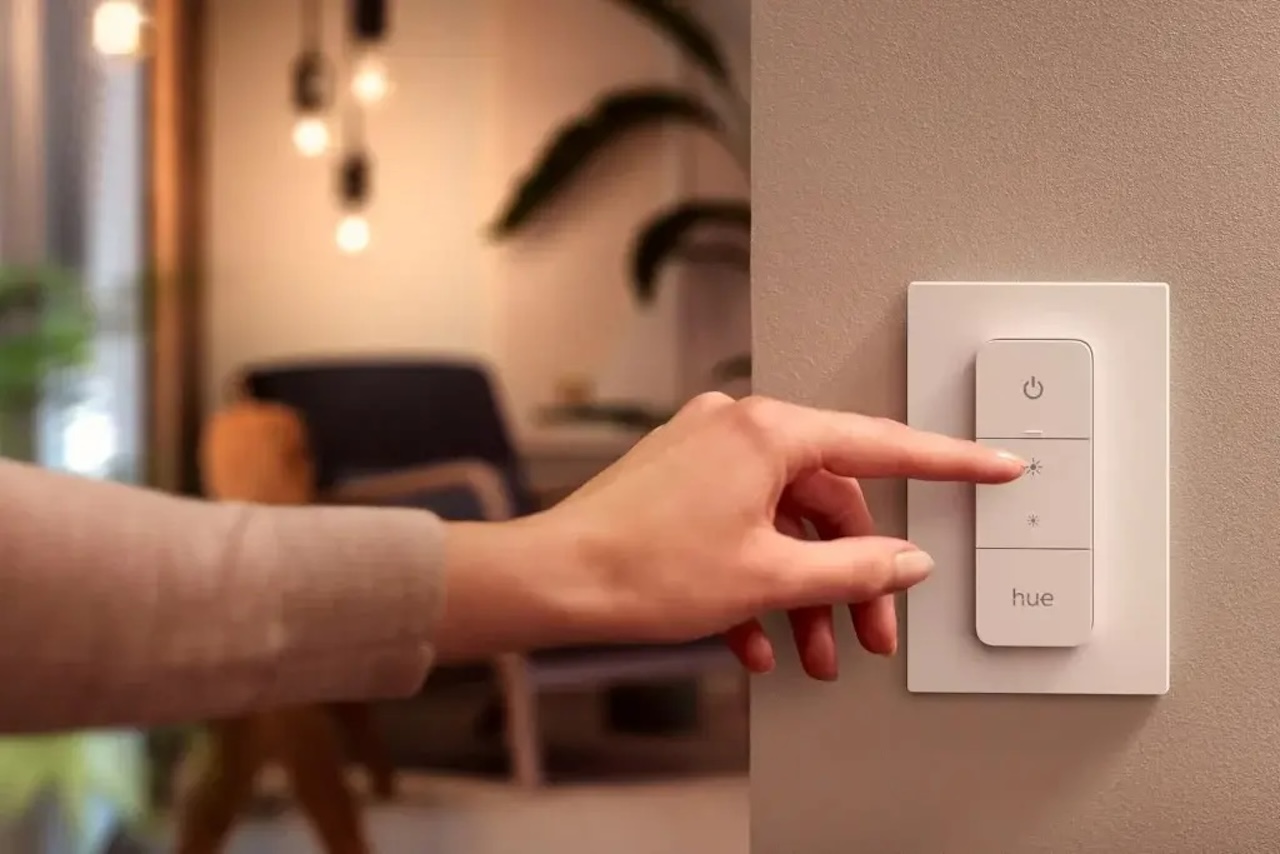
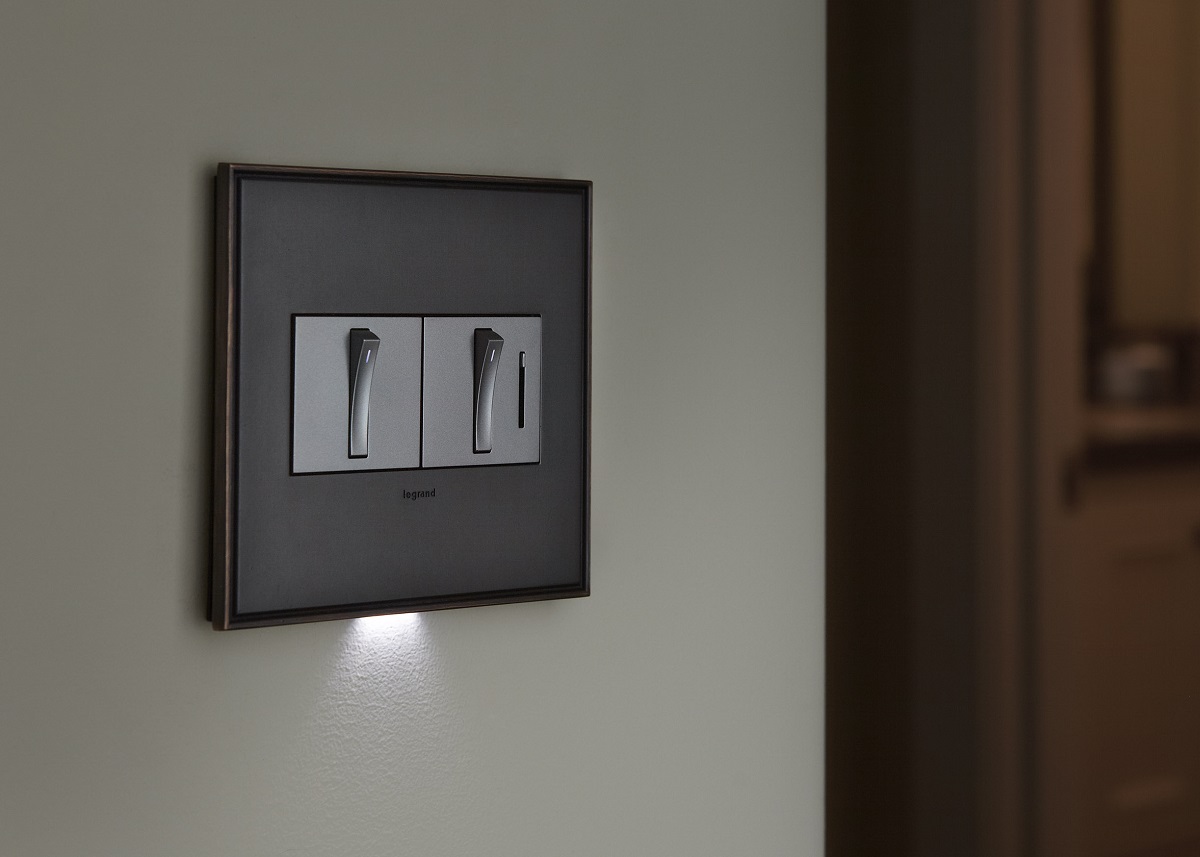
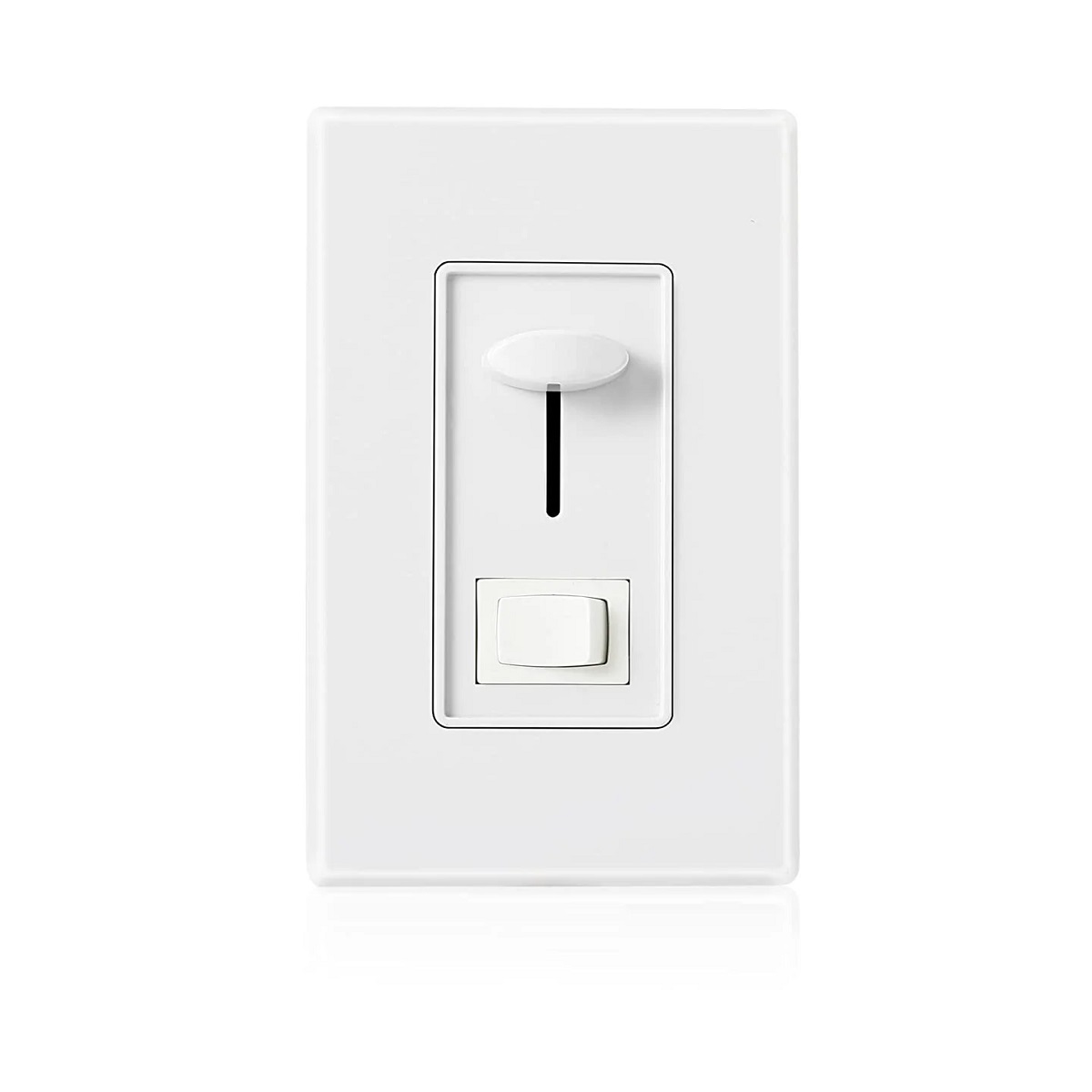
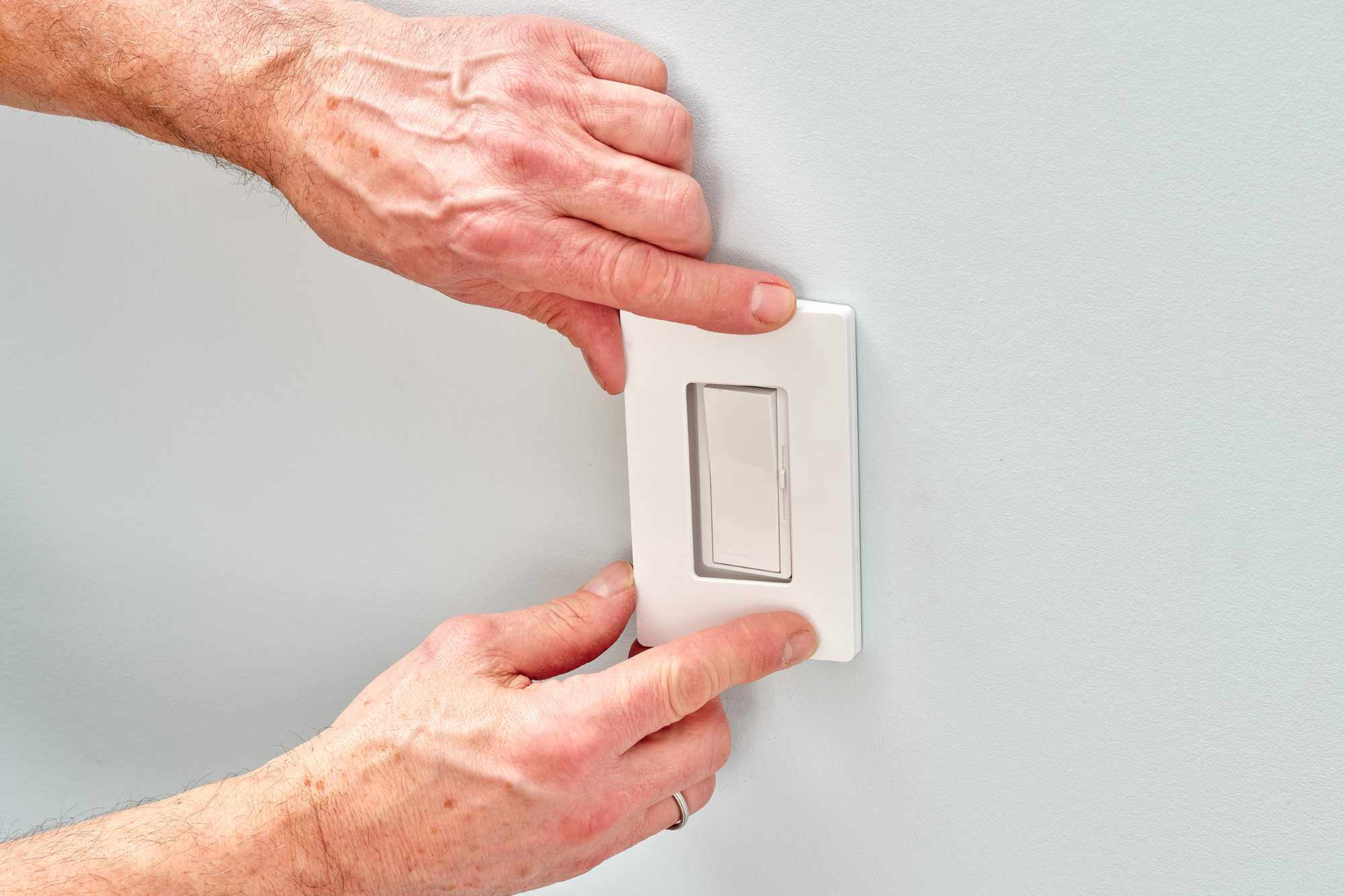
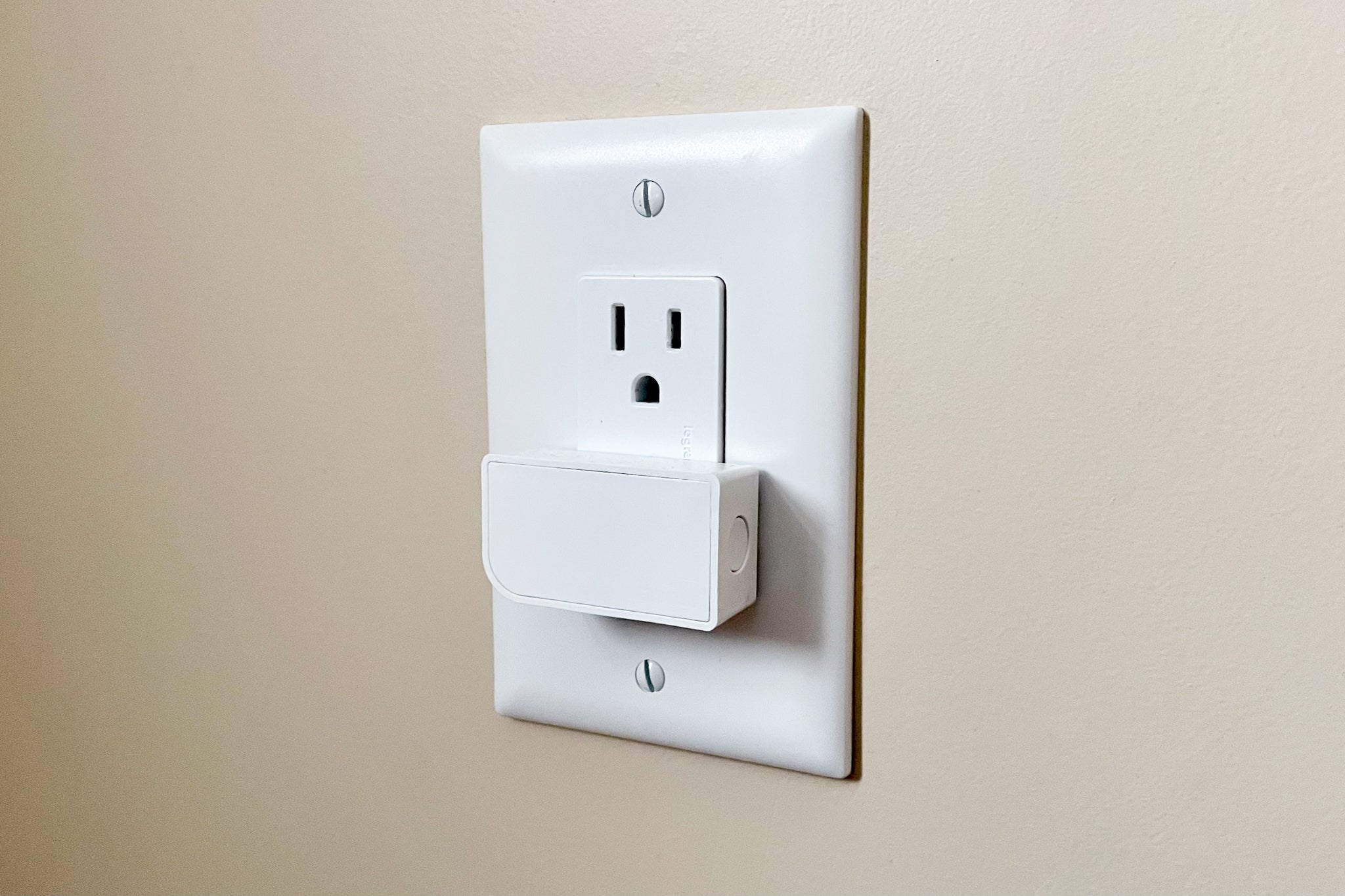
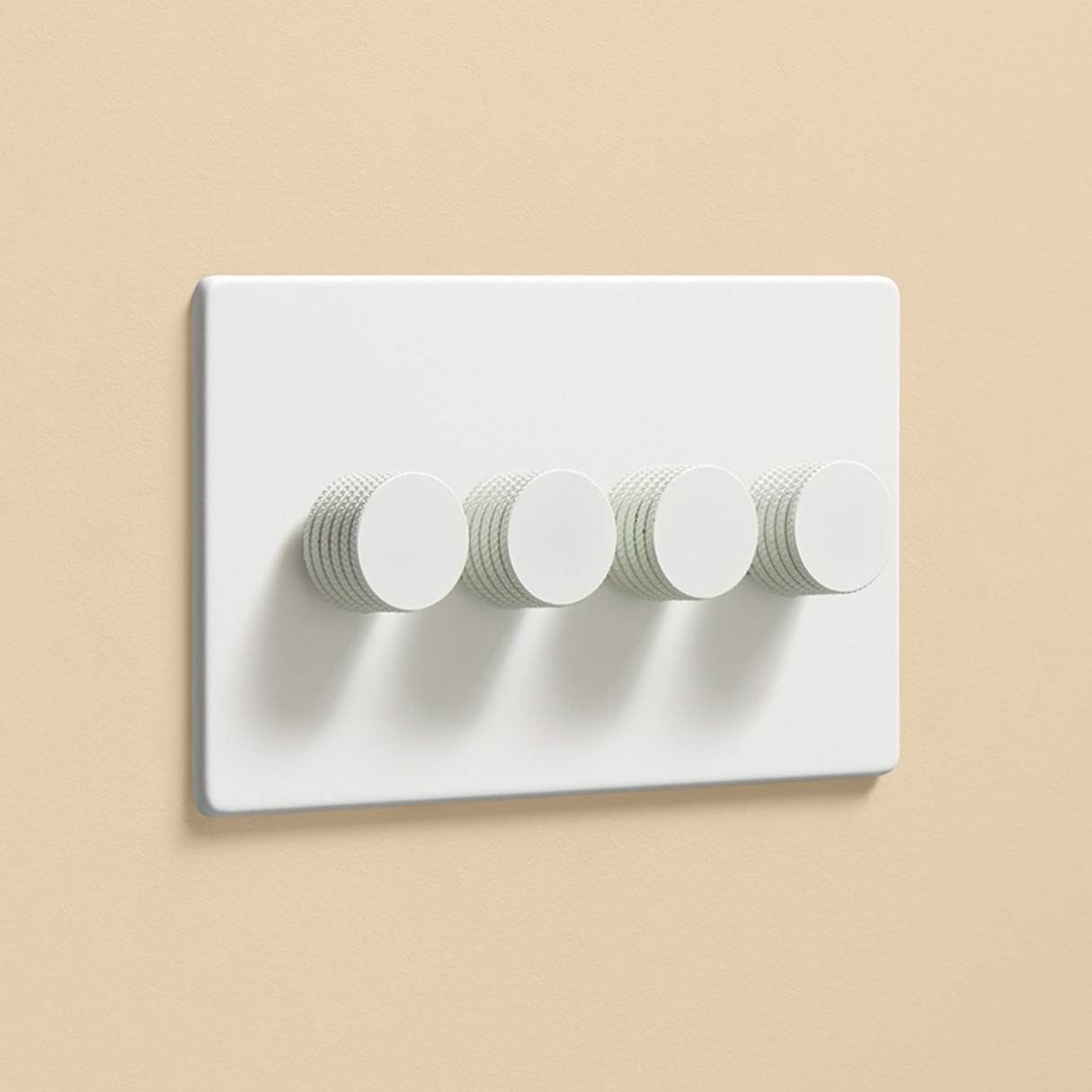
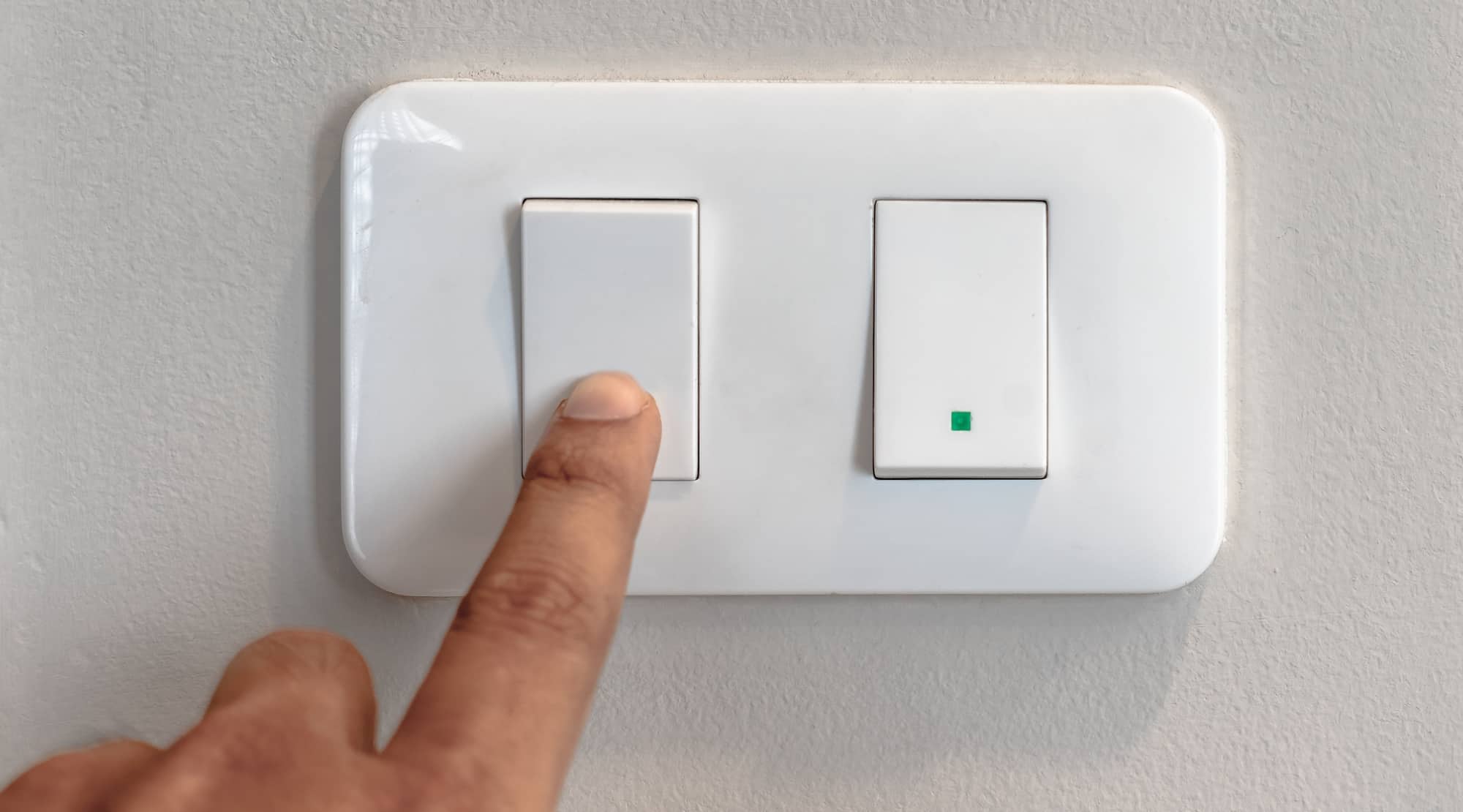
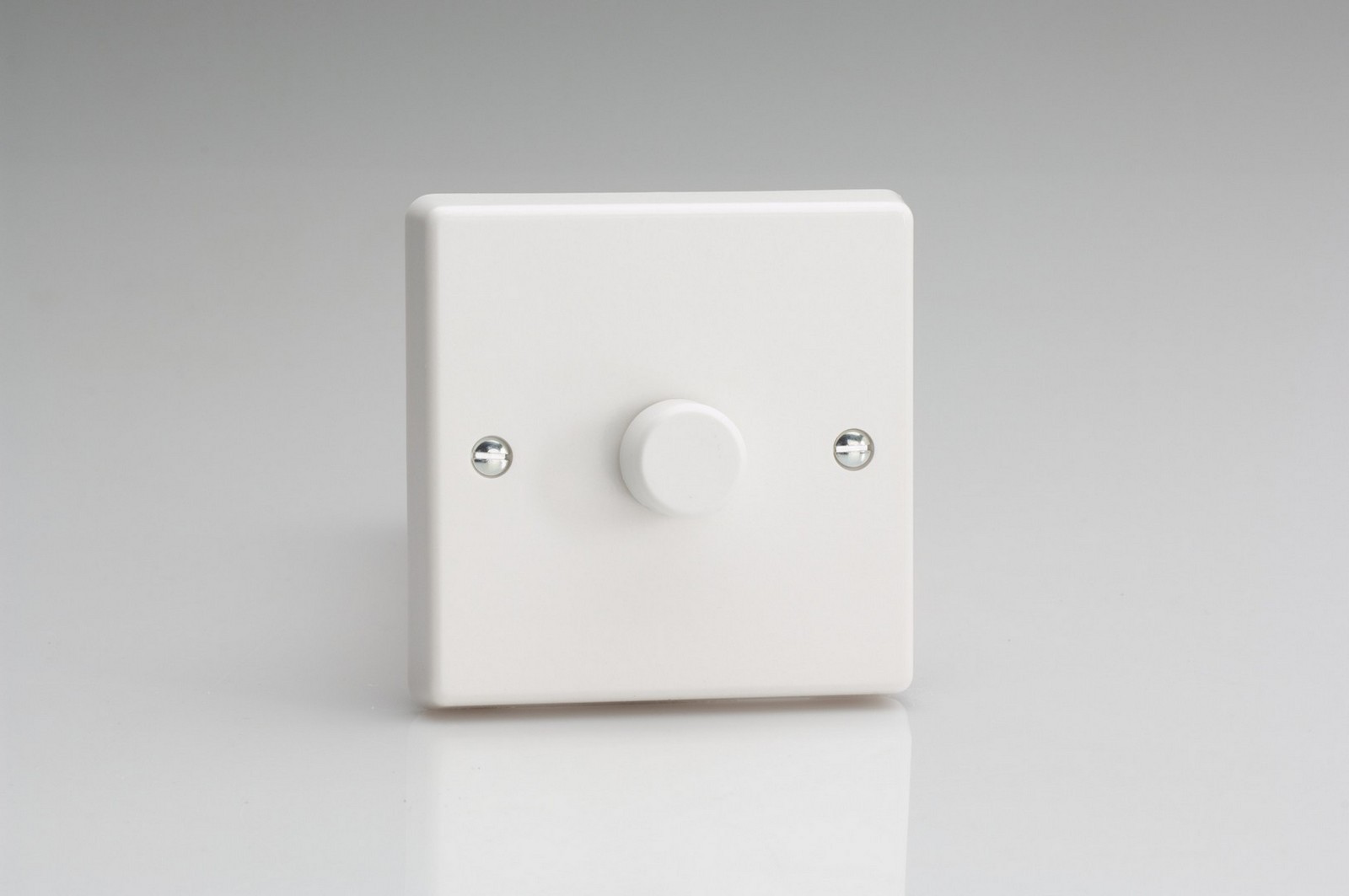
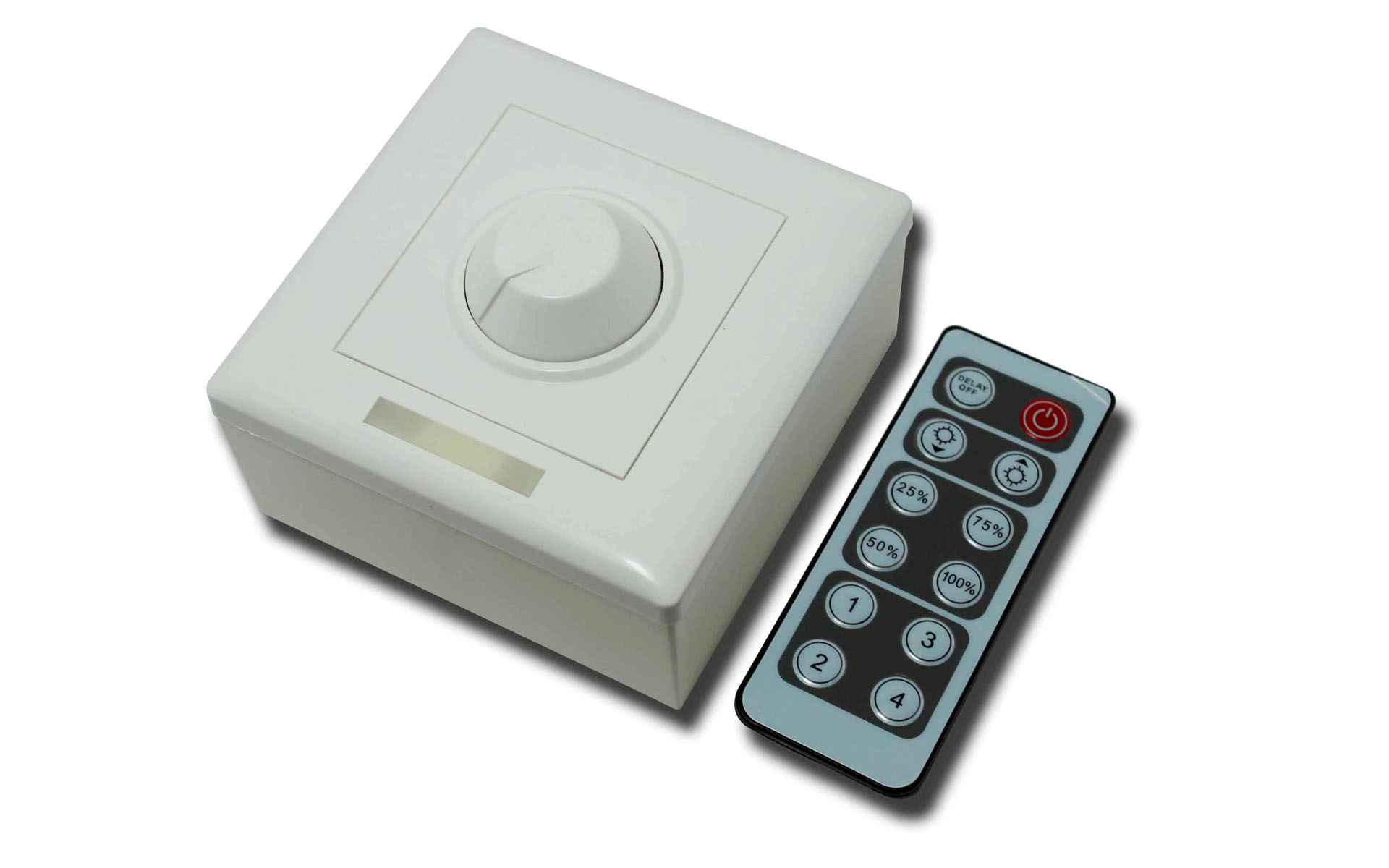
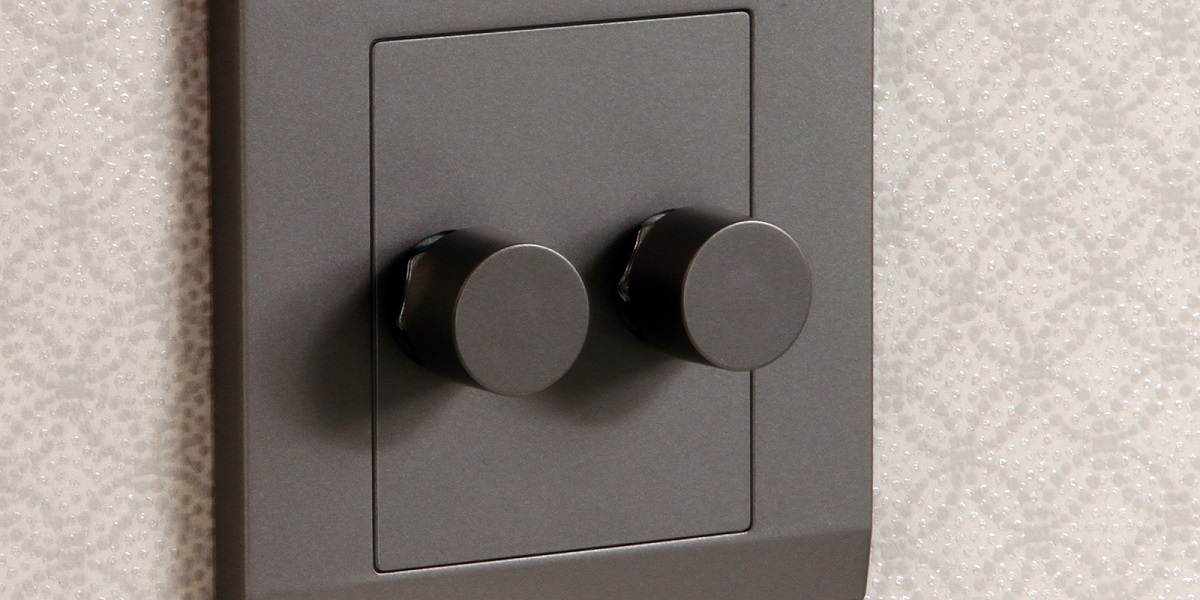
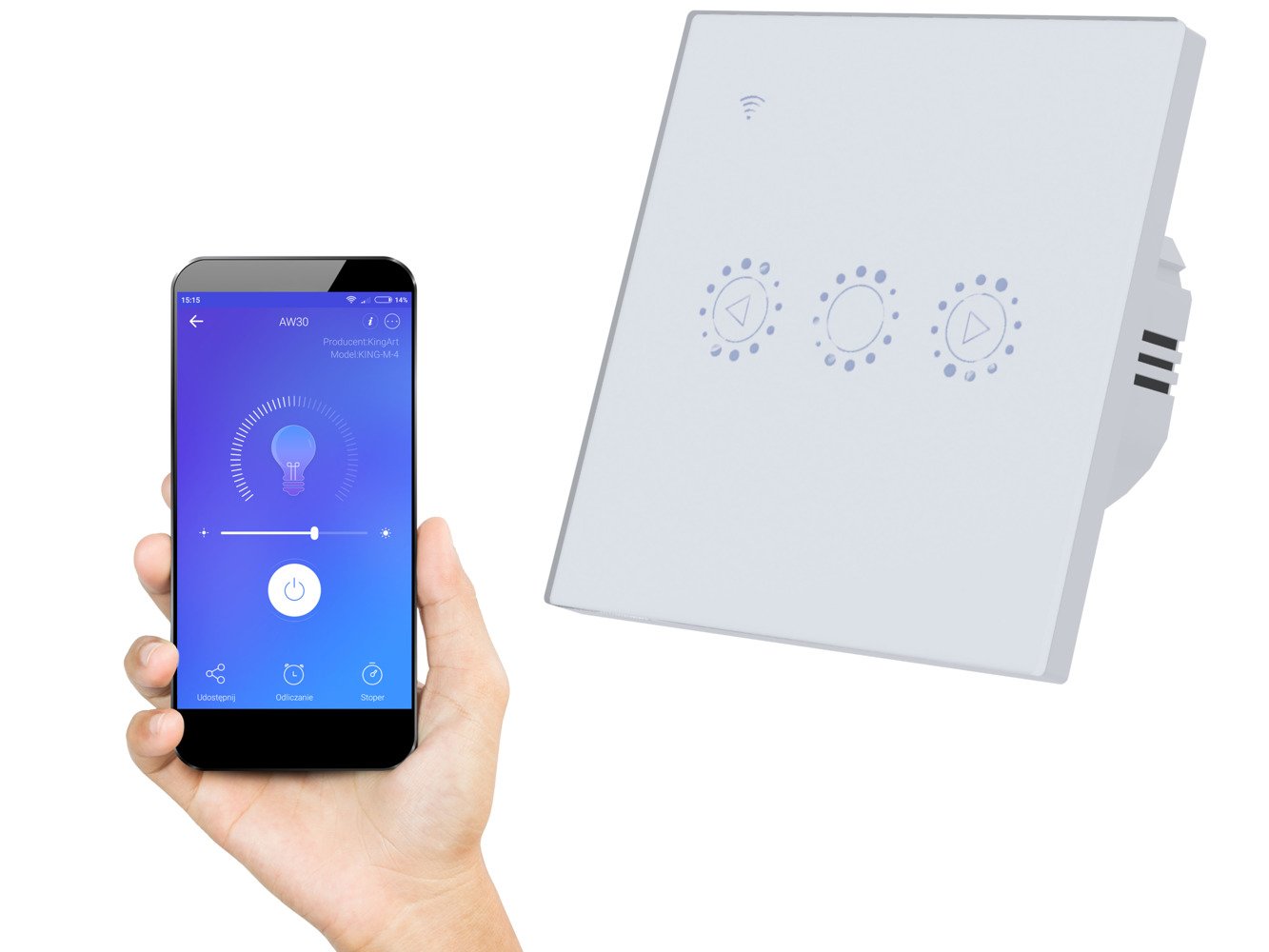
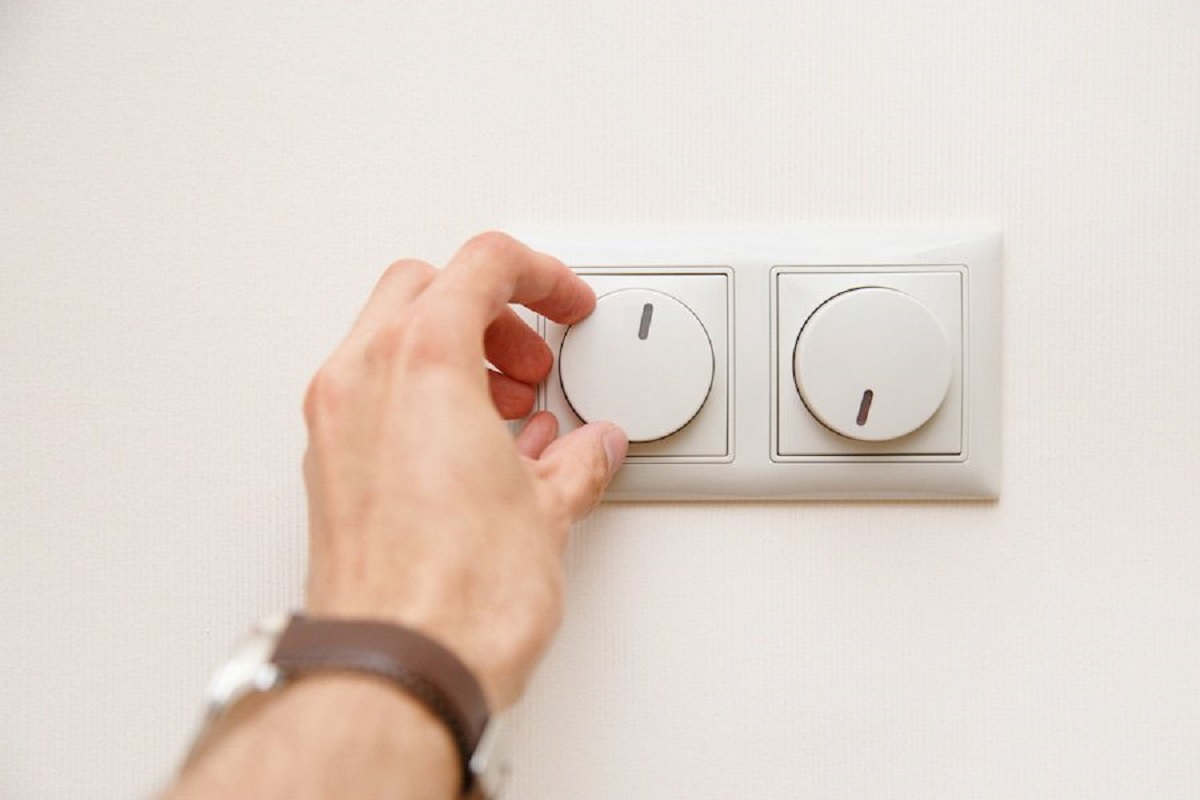
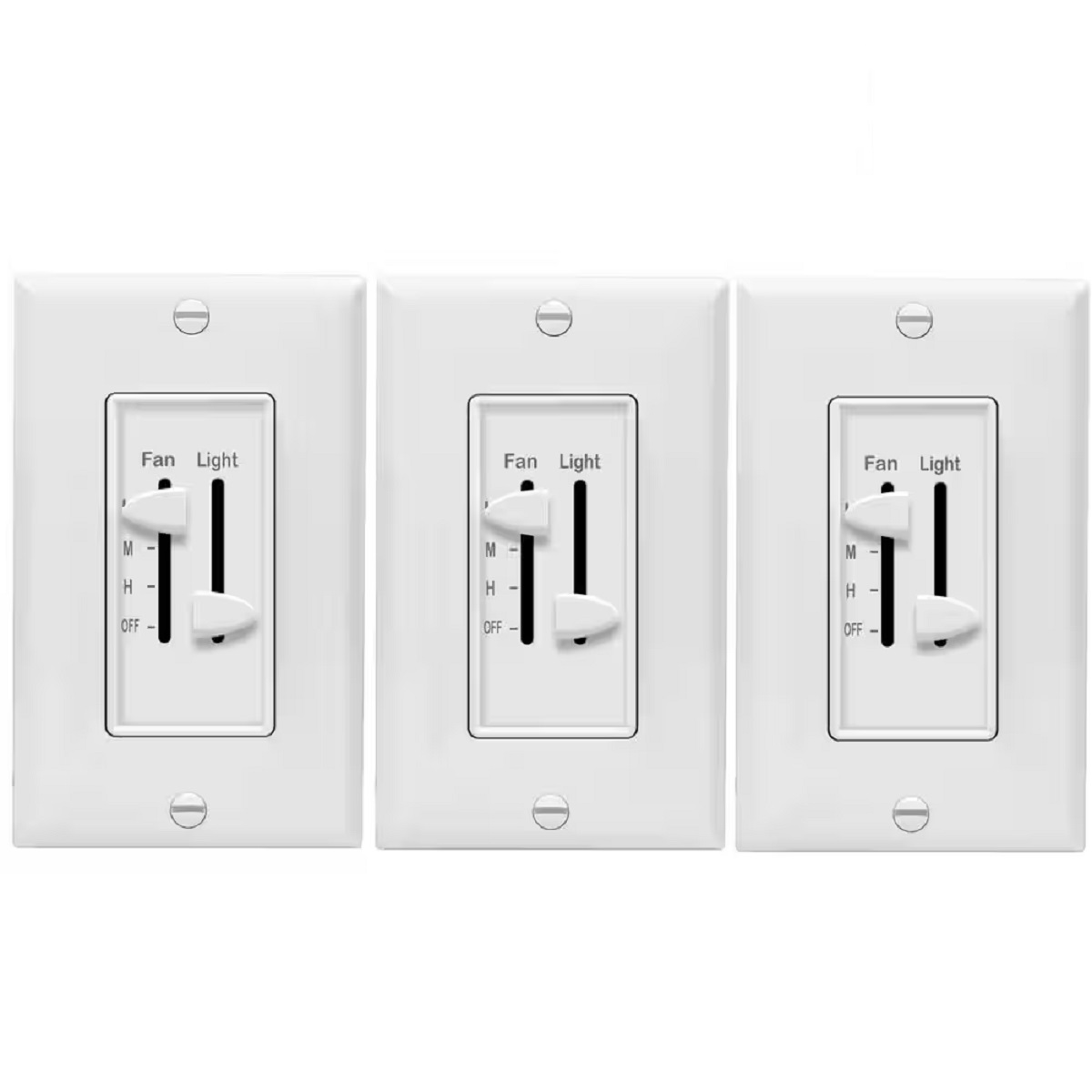

0 thoughts on “8 Types Of Light Switches And Dimmers (and Which One You Need)”